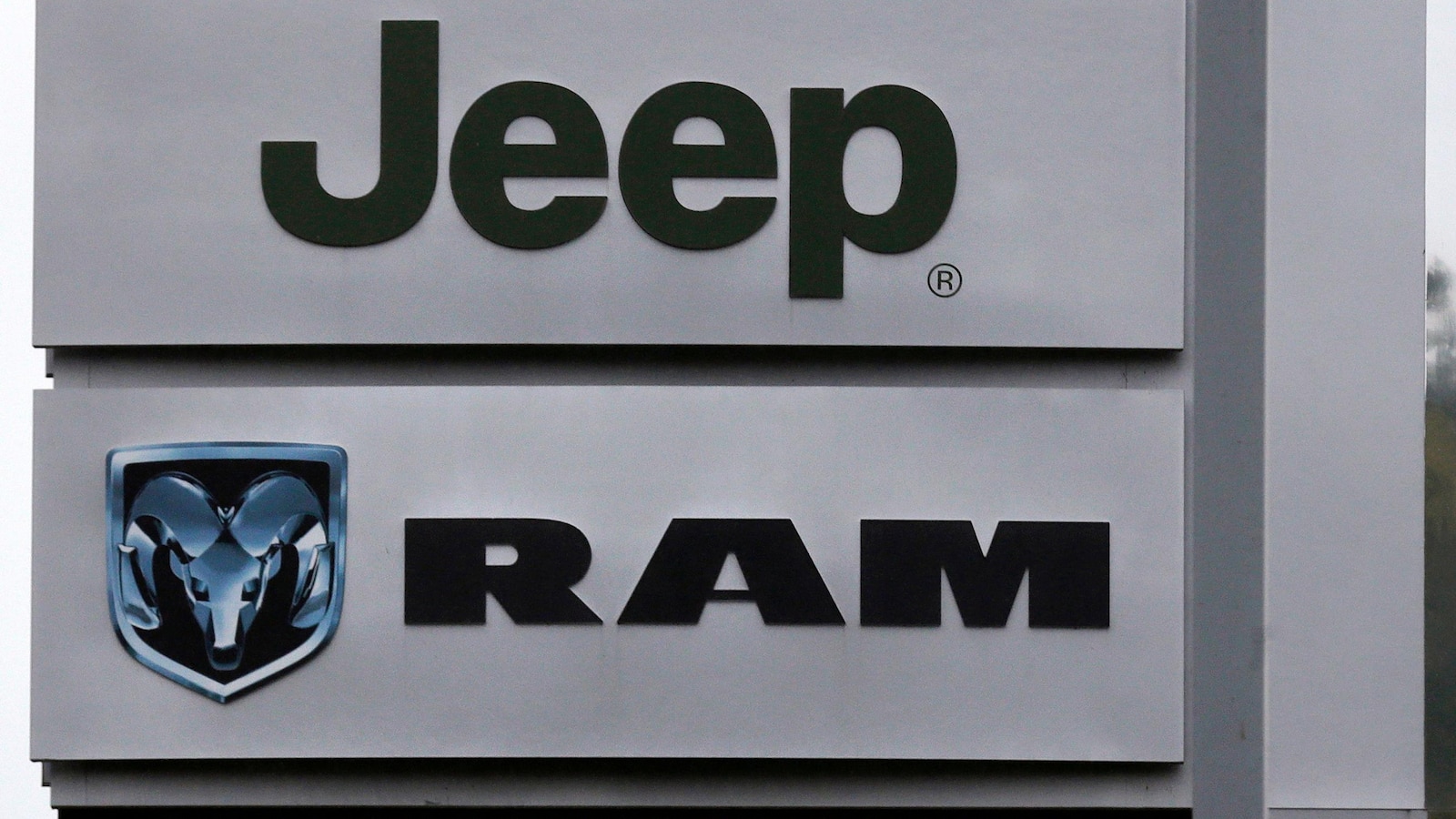Introduction
The recent resignation of Carlos Tavares from his position as CEO of Stellantis has sent shockwaves through the automotive industry. Tavares, who played a pivotal role in the merger of Fiat Chrysler Automobiles and PSA Group to form Stellantis, unexpectedly stepped down amid ongoing sales challenges and shifting market dynamics. This article delves into the implications of his departure for Stellantis, the automotive sector, and the broader economy.
The Context of Tavares’ Resignation
Carlos Tavares took the helm of Stellantis in January 2021, bringing with him a wealth of experience and a vision focused on electrification and innovation. Under his leadership, Stellantis aimed to position itself as a leader in the transition to electric vehicles (EVs). However, despite ambitious plans, the company has faced significant hurdles:
- Declining Sales: Stellantis has struggled with sales in key markets, particularly in Europe, where economic uncertainty has dampened consumer demand.
- Supply Chain Disruptions: The global semiconductor shortage and other supply chain issues have hindered production capabilities across the automotive sector.
- Increased Competition: The rise of new players in the EV market, such as Tesla and various startups, has intensified competition, forcing established manufacturers to adapt quickly.
Expert Insights on the Future of Stellantis
Industry analysts and experts have expressed a range of perspectives on Tavares’ resignation and its potential impact on Stellantis.
Leadership Transition and Strategy Reevaluation
With Tavares gone, the company faces the immediate challenge of selecting a successor who can not only maintain the existing vision but also adapt it to the evolving market landscape. A leadership transition often presents opportunities for reevaluation and realignment:
- New Strategic Direction: The new CEO may choose to pivot Stellantis’ strategies to focus more on sustainability and technological innovations, areas where Tavares had laid a strong foundation.
- Restructuring Operations: There may be a need to streamline operations and reduce costs to enhance competitiveness, especially in light of declining sales.
Market Reactions and Investor Sentiment
The stock market has reacted cautiously to Tavares’ departure. Investors are often wary of leadership changes, particularly in industries facing turmoil. Analysts predict that the immediate future of Stellantis will be characterized by:
- Volatility in Stock Prices: Uncertainty about the company’s direction may lead to fluctuations in stock prices as investors reassess their positions.
- Focus on Innovation: Investors will be watching closely to see how the new leadership addresses Stellantis’ innovation pipeline, particularly in EV development.
The Broader Implications for the Automotive Industry
The resignation of a CEO as influential as Tavares raises larger questions about the automotive industry’s trajectory. Several key themes emerge from this situation:
Electrification and Sustainability
The automotive industry is at a pivotal moment, with electrification at its core. As consumers increasingly demand sustainable options, companies must invest in EV technologies:
- Investment in R&D: Future leadership must prioritize research and development to stay ahead in the EV market.
- Partnerships and Collaborations: Collaborating with tech companies and startups could provide Stellantis with the innovative edge needed to compete effectively.
Global Supply Chain Strategies
The ongoing supply chain disruptions have highlighted vulnerabilities within the automotive sector. Tavares’ resignation may prompt Stellantis to reassess its supply chain strategies:
- Localization of Supply Chains: Increasing local sourcing of components can reduce reliance on international suppliers and mitigate risks.
- Agility and Flexibility: Developing more agile supply chains will be crucial in responding to future disruptions.
Conclusion
Carlos Tavares’ unexpected resignation marks a significant turning point for Stellantis and the automotive industry as a whole. While challenges abound, this transition also presents an opportunity to recalibrate strategies and reinforce the company’s commitment to innovation and sustainability. As the automotive landscape continues to evolve, the leadership that emerges will play a critical role in shaping the future direction of Stellantis and its place in the competitive market.
In the coming months, stakeholders will be closely monitoring Stellantis’ actions and decisions as they seek to navigate these turbulent waters. The automotive industry is watching, and the implications of this leadership change could resonate far beyond the walls of Stellantis.
For more insights on automotive industry trends, visit our industry news section.
Learn more about the challenges and opportunities facing established automakers in this automotive analysis.
See more Business Focus Insider Team

